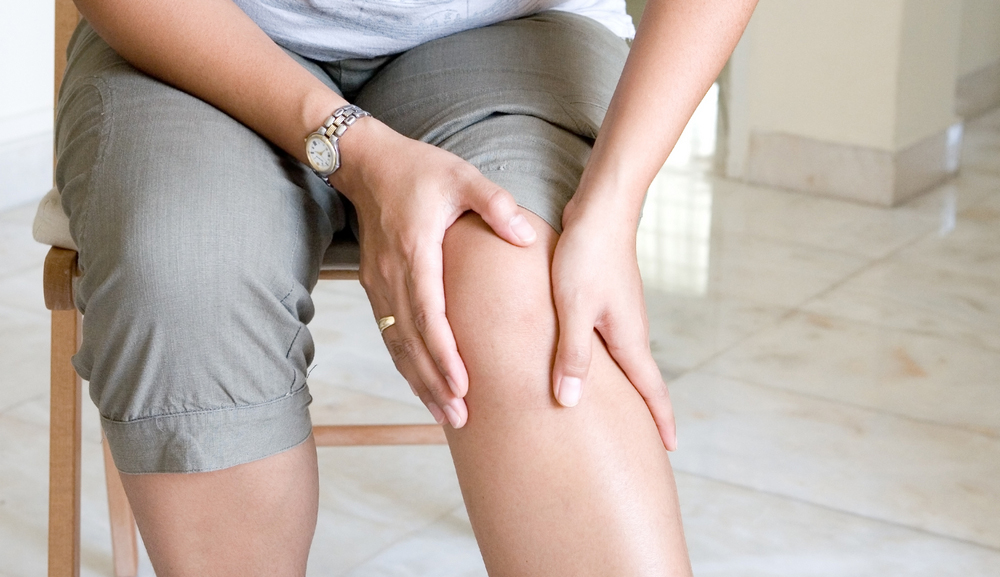Hip strengthening to improve pain in the front of the knee
Posted on 10th February 2014 by Christopher Ryan Chance

My main areas of interest upon graduating Physical Therapy school are orthopaedics and sports. In my first clinical experience I worked with several patients of all ages with Patellofemoral Pain Syndrome (PFPS). In my clinical rotation I used a combination of knee and hip posterolateral strengthening to decrease patient pain and improve functional status. I was very interested in this article because it incorporated exercise principles I had seen be very effective in the short-term utilised in a long term follow up study for the treatment of PFPS. The purpose of this article was to determine if adding hip strengthening exercises to conventional knee exercise program produces better long term outcomes than conventional knee exercises alone in the treatment of PFPS.
Background
PFPS is a common overuse disorder that can limit activities of daily living and sports related activities. Patellofemoral pain syndrome may be caused by injury, improper knee cap alignment, changes under the kneecap or being overweight. Biomechanical analysis has demonstrated that dynamic knee valgus (knock knee), medial hip rotation (toes facing inward), adduction of the involved lower extremity (decreased base of support) and hip flexion are possible contributors to PFPS. The medial rotation of the femur associated with PFPS causing knee pain. Several studies have indicated that strengthening of the hip musculature show short term success in treating PFPS but with no long term follow up. Therefore the purpose of this study was to see the long term effects of combined knee exercises and hip strengthening vs just knee strengthening to treat PFPS.
What did they do?
The study consisted of 54 females sedentary (inactive) females between 20-40 years of age with at least a 3 month history of PFPS. All clinical tests and questionnaires were administered to a blinded examiner who did not participate in either intervention group. These women were randomly assigned to the knee exercise (KE) group or knee and hip exercise (KHE) group at initial evaluation by a single individual. There were three therapists selected to carry out both exercise protocols with participants. Both groups completed 12 treatments sessions, 3 times per week for 4 weeks. The KHE group performed the same exercises as the KE group along with the addition of exercises to strengthen the hip abductors, lateral rotators, and extensors. All exercises were tested for 1 repetition max (RM) with each exercise to be performed at 70% 1RM for 3 sets of 10 repetitions. Each participant was reassessed weekly to progress resistance. Both groups performed stretching of hamstrings, plantar flexors, quads and iliotibial band band 3 repetitions of 30 sec.
What did they find?
During the study 2 subjects in the KE group dropped out while 3 dropped out in the KHE with no explanation for why in the study. Outcome measures included 11 point numeric pain scale while ascending and descending stairs. The Lower Extremity Functional Scale and Anterior Knee Pain Scale were also utilised. The only functional measure performed was single limb hop test. All outcome measures were administered pre intervention, and at 3, 6, and 12 months post intervention. Baseline data demonstrated no statistically significant difference between KE and KHE groups. The KHE group showed statistically significant difference in all categories compared to baseline. The KE group only showed significant differences with ascending stairs at 6 months, and descending stairs at 3, and 6 months as measured by 11 point numeric pain scale and improved single hop test at all post treatment intervals compared to baseline. The KHE group demonstrated significant improvement over KE in all outcome measures and questionnaires at each of the 3 post treatment assessments.
What does it mean?
The KHE group demonstrated statistically significant improvements when compared to the KE group. This means that the combination of both posterolateral hip strengthening and traditional knee strengthening was more effective at reducing patellofemoral pain and increasing function in sedentary females than knee strengthening alone at 12 months follow up. This article indicates that posterolateral hip strengthening is an appropriate addition to the treatment of PFPS.
Take home message
This study was performed on sedentary females between 20-40 years old that were specifically instructed to maintain sedentary lifestyle till the final assessment 12 months post intervention. The subjects received no home exercise program post intervention possibly impacting the effectiveness of the intervention and all follow up measures. Although this article demonstrates the importance of incorporating posterolateral hip musculature strengthening in a very specific population it wouldn’t be appropriate to extrapolate to more athletic females who undergo more repetitive dynamic stress. This means more research would be necessary for more athletic/active populations.
Link
http://www.ncbi.nlm.nih.gov/pubmed/22951491




No Comments on Hip strengthening to improve pain in the front of the knee